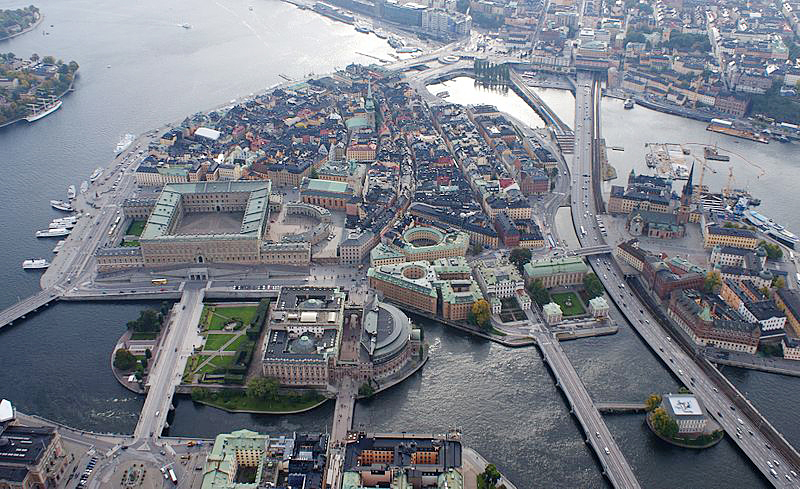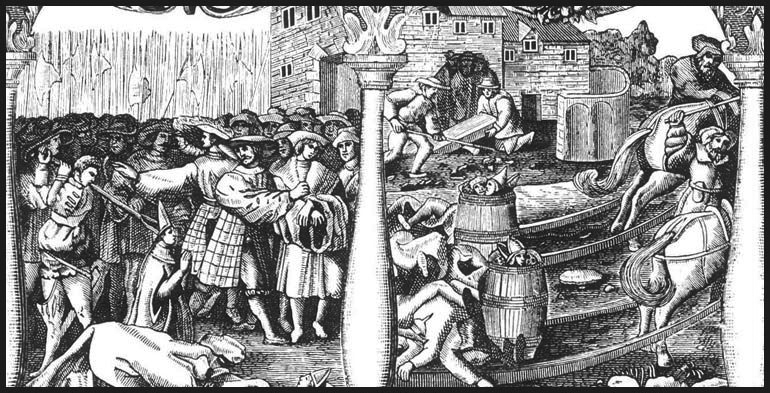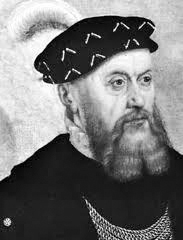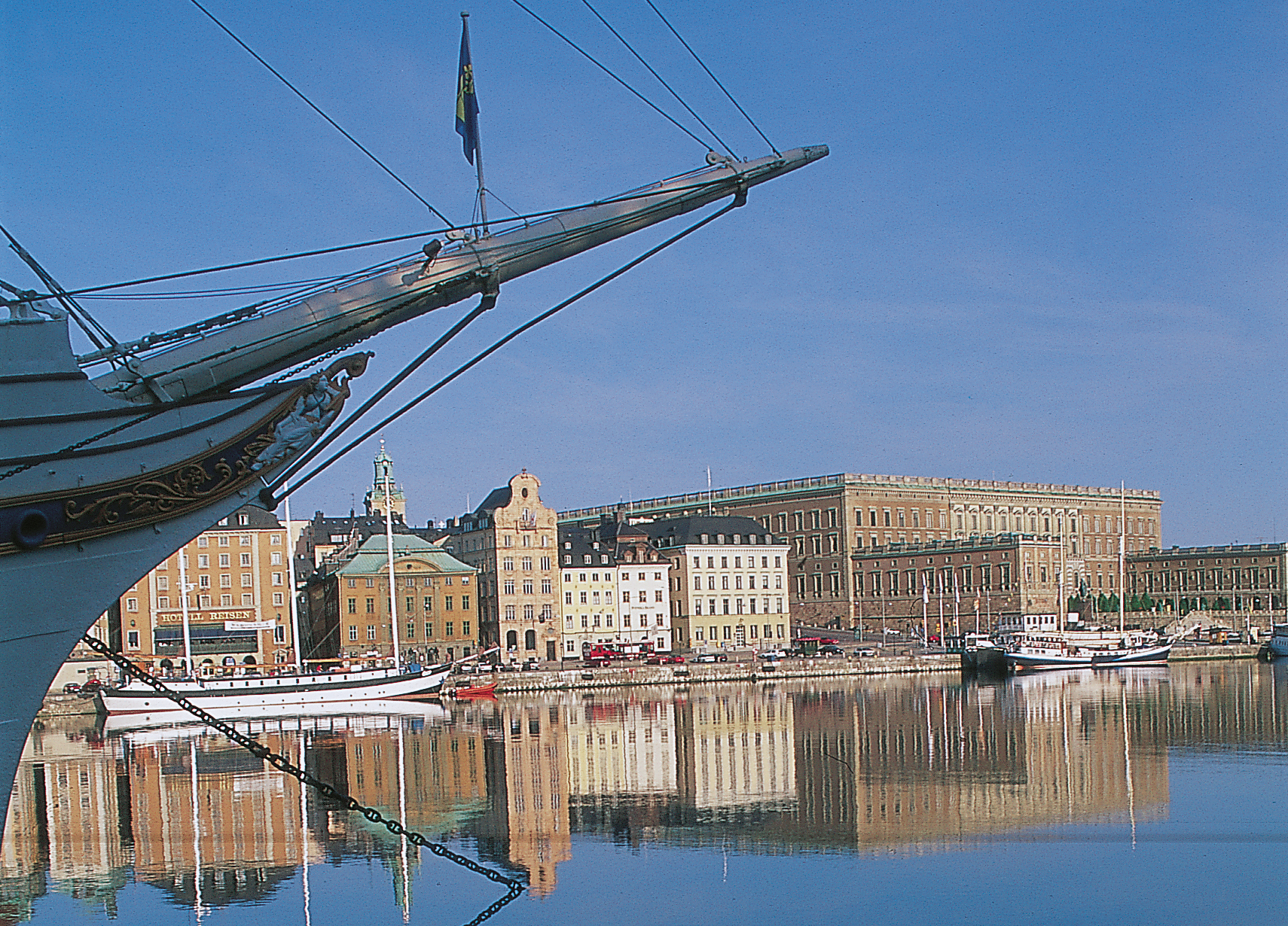'Gamla Stan?'
Stockholm's Old Town — how and when it got its name
-
 Aerial of Stadsholmen, the island where the “Old Town” (Gamla Stan) is situated and Helgeandsholmen. Photo: Jan Ainali
Aerial of Stadsholmen, the island where the “Old Town” (Gamla Stan) is situated and Helgeandsholmen. Photo: Jan Ainali -
-
The “Old Town” (Gamla Stan) in Stockholm is situated on the island of Stadsholmen. The place where the original “City Between the Bridges” was first built is the historical heart of Stockholm, with medieval streets that encircle the majestic Royal Palace and the cathedral today named Slottskyrkan.
Stadsholmen has communication with the outside world by several bridges — for pedestrians, autos, rail and metro, and is a thoroughfare for a large part of the north-south traffic in Stockholm. Stadsholmen also has solid boat connection with locks in both the Östersjön (Baltic Sea) and Lake Mälaren. The highest point of Stadsholmen is the Great Church on Castle Hill, and the highest point of a building is the top of the German church tower.
Most of my “Stockholm Walkabouts” originate from Gamla Stan and then branch out to other areas of interest in the city. My first 'Walkabout' - A walk in the city of my youth... When I was a young boy visiting family in the area, the place was still named “The City Between the Bridges.” I never understood whether it was the official name, or the reason for the name change whenever it happened (presumably in the 1970s), but it must have been that the name was too long to be practical. -
 The Stockholm Bloodbath, or the Stockholm Massacre (Swedish: Stockholms blodbad in 1520.
The Stockholm Bloodbath, or the Stockholm Massacre (Swedish: Stockholms blodbad in 1520. -
-
The city between the bridges
Old Town’s name was established by the year 1980. During the period 1926-1980 the name “Staden Mellan Broarna” (The City Between the Bridges) was used, and from middle 1800s to 1926 the name “Den Egentliga Staden” (The Actual City) was used. How confusing could this be for the non-historian reader or a visitor. Prior to the 1800s the name used for the place was “City” or “The Actual City.”
The name “Nordens Venedig” (Venice of the North) is another popular, but not official name. Whatever name the reader knows, the Old Town is one of the most beautiful and attractive cities to live in, walk in or just visit.
However, the city also has a very dark side. Between November 7 and November 9 in 1520, when King Christian II (also called Christian the Tyrant) executed 80 to 90 nobles and clergy who opposed Sweden’s annexation to Denmark. This happened immediately after he was crowned in the Cathedral, today named Slottskyrkan. This event is known as the “Stockholm Bloodbath,” and it happened despite promise of general amnesty by King Christian.
When visiting this beautiful city, remember the name is “Gamla Stan” (Old Town), and remember its history for good reflections. -
 The Danish forces invading Sweden were under the command of King Christian II.
The Danish forces invading Sweden were under the command of King Christian II. -
Written by Leif Rosqvist
Editor of New Sweden Cultural Heritage Society and SRIO newsletter in Portland, Oregon.
More information for the interested reader: Google Gamla Stan or Stockholmskällan -
 View over Stockholm Palace. Photo: Bo Zaunders
View over Stockholm Palace. Photo: Bo Zaunders -
O mitt Stockholm, vackra stad
Stockholm, Stockholm, städers stad
den som sett den älskar den
och den längtar, längtar, längtar dit igen -
O my Stockholm, lovely city
Stockholm, Stockholm, the city of cities
anyone who's seen it loves it
and is longing, longing, longing to be back. -
The Song about Stockholm (last verse)
Published by Zonophone -
Stockholm Bloodbath in1520
King, Christian II -
-
